Mark Anthony Neal's Blog, page 263
December 16, 2020
DREAMWEAVERS: In / Conversation - Carrie Mae Weems and Terence Nance
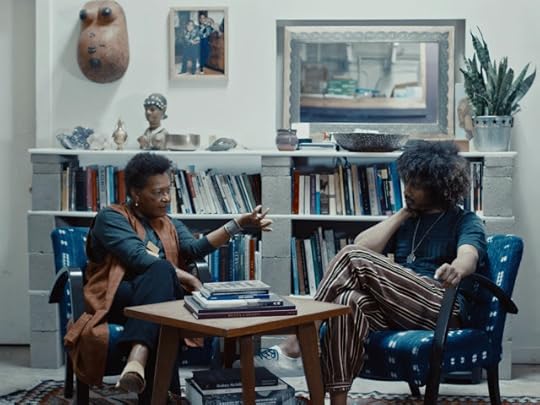
'Episode 3 of UTA Artist Space's Dreamweavers series featuring artist Carrie Mae Weems and Random Acts of Flyness creator and Space Jam 2 director Terence Nance – in partnership with Lyft Entertainment. Weems and Nance cover everything from establishing identity and community through art to the role gender has played in Weems' career.'
Showcase: In Conversation with Chris Obehi

'Chris Obehi is a 22-year-old guy from Nigeria, who is known for playing his guitar on the streets of Palermo while singing in Sicilian. For many Italians, it is quite the story. Here's that story in his own words.' -- Showcase
Underground, Monroe, and the Mamalogues: Three Plays -- Playwright Lisa B. Thompson in Conversation with Imani Perry
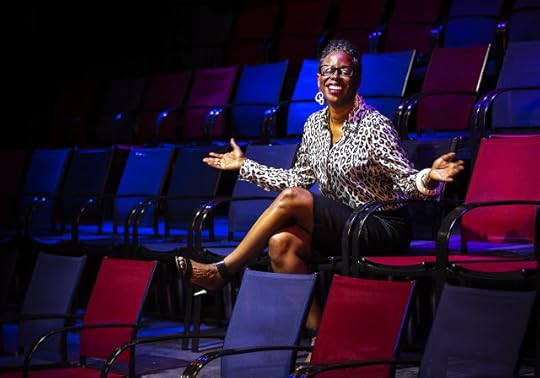
'Dr. Lisa B. Thompson, award-winning playwright and Professor of African and African Diaspora Studies at the University of Texas at Austin in conversation with Dr. Imani Perry, Hughes-Rogers Professor of African American Studies at Princeton University. They will discuss Thompson's newly published book, Underground, Monroe and The Mamalogues: Three Plays.'
Ming Smith on 'Working Together: Louis Draper and the Kamoinge Workshop'
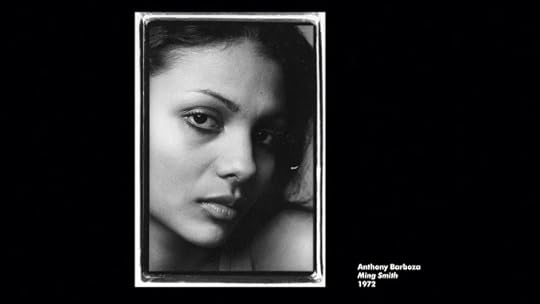
'Inspired by the archive of Richmond native Louis Draper, Virginia Museum of Fine Arts has organized an unprecedented exhibition that chronicles the first twenty years of the Kamoinge Workshop, a group of African American photographers he helped to found in 1963. More than 180 photographs by fifteen of the early members—Anthony Barboza, Adger Cowans, Danny Dawson, Roy DeCarava, Louis Draper, Al Fennar, Ray Francis, Herman Howard, Jimmie Mannas Jr., Herb Randall, Herb Robinson, Beuford Smith, Ming Smith, Shawn Walker, and Calvin Wilson—reveal the vision and commitment of this remarkable group of artists.'
December 15, 2020
Ijeoma Oluo on 'Mediocre: The Dangerous Legacy of White Male America'

'In her new book, Mediocre: The Dangerous Legacy of White Male America, Ijeoma Oluo, author of the best seller So You Want to Talk About Race, looks at how White men in America have preserved their power for generations -- and the consequences that's had for all of us. She argues that overlooking white male mediocrity has helped devalue college education, promoted leadership styles that have hurt business, and prevented progress on major issues like police brutality and gerrymandering.' -- All Of It
As More States Legalize Marijuana, People with Past Convictions Rarely Profit
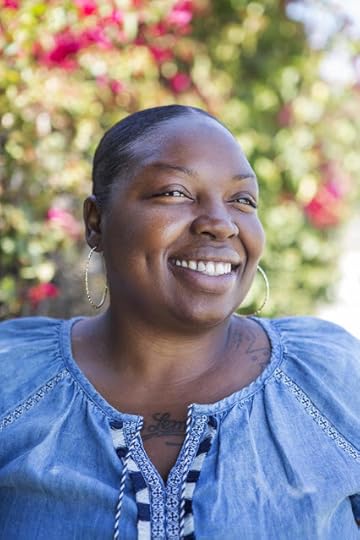
'Today, Ingrid Archie works as a legal clinic coordinator with A New Way of Life, a Los Angeles nonprofit supporting formerly incarcerated women. But for more than seven years, she struggled to find work following a 2004 conviction for possession with intent to sell marijuana. A New Way of Life was one of the organizations that helped Archie after she served 17 months in prison following her conviction, but many employers have policies preventing the hiring of people with marijuana-related convictions. Archie speaks with The Takeaway about her experience with the criminal justice system, why she worked to pass a bill overhauling California's marijuana policies, and how she feels as more states legalize recreational marijuana without necessarily making it an equitable industry for people with past drug convictions.'
'Tom Seaver: A Terrific Life'
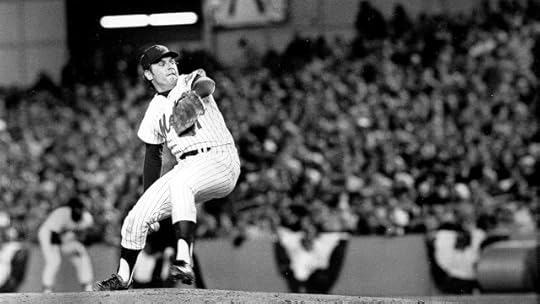
'In September of 2020, Hall of Fame pitcher and "Miracle Met" Tom Seaver died at the age of 75 due to complications of Lewy body dementia and Covid-19. All Of It takes a look back at the life of the legendary New York athlete with Bill Madden, former national baseball columnist for the New York Daily News and the author of the new book, Tom Seaver: A Terrific Life.'
KEM: Tiny Desk (Home) Concert

'Recorded in his hometown of Detroit, KEM's Tiny Desk performance is light, welcoming and beautifully decorated. So is his music. After almost 20 years of recording R&B hits like "I Can't Stop Loving You" and "Love Calls," he still comforts my soul with his sultry voice and simple, yet satisfying melodies.'
Black Teenagers With Mental Health Issues May Be Reluctant To Seek Help

'The CDC reports suicide rates went down in 2019. But one group has been having an especially hard time: young Black people; Experts aren't sure why.' -- Morning Edition
December 14, 2020
“You’re Minor, We’re Major”: Halfway Books Reimagines Hip-Hop Journalism by Tyler Bunzey
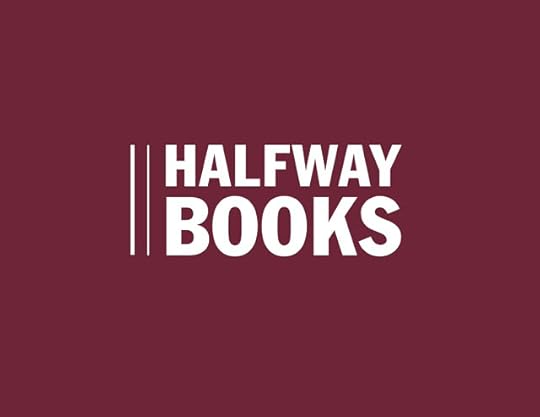
“You’re Minor, We’re Major”: Halfway Books Reimagines Hip-Hop Journalism
by Tyler Bunzey | @t_bunzey | NewBlackMan (in Exile)
From ’71 ‘til, hip-hop has tried to ignore conventional ways of making art and getting money in the music industry. Sure, some artists may say “fuck the Grammys” in one breath and laud Kendrick Lamar’s Pulitzer in the next (a well-established tradition that dates back to the Golden Age). An equally established tradition, however, has artists ducking the industry’s conventional wisdom to map their own path toward empowerment through artistic independence, ownership, and wealth accumulation.
For instance, Wu-Tang cut an infamous distribution deal with Loud Records that allowed individual members to sign solo deals to other labels—Method Man’s solo work went to Def Jam, Ghostface’s to Sony, the GZA’s to Geffen, and so on. This deal allowed the group to capitalize on the buzz of the Killa Bees without compromising their individual artistic visions (and pocketbooks). Master P’s business acumen led him to sign an unprecedented distribution deal with Priority Records that allowed No Limit artists to own their masters and receive 75% of sales for their work. More recently, Nipsey Hussle cut ties with Epic records and instead took the scarcity model to its extreme, selling his Crenshaw mixtape for $100 apiece and only pressing 1,000 copies. He sold out in 3 days with some help from Jay-Z and repeated the model with his 2015 mixtape.
What I’m saying is that Halfway Books founder Shea Serrano is in good company. The Houston writer is no stranger to groundbreaking, imaginative work that bypasses conventional industry wisdom. After serving as one of Houston’s most prolific hip-hop journalists, Serrano has created a career out of imagining what’s next, including The Rap Year Book, a partnership with UGK’s Bun B to make Bun B’s Rap Coloring Book, and even the development of his own sitcom for ABC. Who better to create a “pretend publishing company” (after all, there ain’t no such thing as Halfway Books) that invests into other writers who can “make cool shit”?
Halfway Books, in other words, encourages writers to participate in a long tradition in hip-hop of—as Halfway author Taylor Crumpton might put it—biting the hand. Halfway compensated five writers to compose 3,000 word mini-books in the forms of PDFs for $3,000, bringing personal reflection and warmth to a hip-hop album’s broader intellectual legacy. This model allowed Serrano to nurture freelancers who often churn out a large volume of pieces to survive in a brutal gig economy while providing access to a copywriter, editor, designer, and, of course, mentorship from Serrano himself. The result is five magnificent essay-books from voices that bring fresh perspective to familiar albums.
The essayists emerge from different walks in their career: Shiavon Chatman has a recurring op-ed column for Sacramento State’s The State Hornet; Fullamusu Bangura writes for Peach Mag and The Gumbo in addition to her youth advocacy in Chicago; John Morrison is a DJ and MC whose work is often featured in NPR Music; Andreas Hale serves as senior editor for DAZN News and has often danced between sports writing and hip-hop coverage in his career; Taylor Crumpton has experienced a meteoric rise in the last few years with freelance work that has landed her pieces in Pitchfork, Nylon, the Wall Street Journal, and the Washington Post. These writers and their disparate backgrounds create the possibilities for new avenues of inquiry in hip-hop criticism, and each combines sharp prose with warm reflection in their nuanced explorations of these canonical staples.
More simply, Halfway Books encourages a different kind of hip-hop criticism, one that features warm personal connection over academia’s cold citational ethics or major-label journalism’s flavorless coverage. Take Chatman’s reflection on Biggie’s Life After Death for example. Sure, she includes all of the features of a solid album-in-review piece: the attention to other releases at the time, contextual information about the creation of the album, comparison to Big’s previous work. But what makes Chatman’s take unique is how she connects Biggie’s voice to her concept of home, placing us in the car with her as her dad drove her around Harlem, playing the album on repeat when she was a kid. For her, the album is dope, for sure, but part of its greatness is its mapping of home, of the streets that felt so warm and familiar to her as she navigated them with her dad.
Whether it is Andreas Hale’s powerful meditations on what it was like to experience the undeniable Blackness of To Pimp a Butterfly in 2015 or Bangura’s exploration of how Lil’ Kim’s Hardcore helped her formulate her sex-positive feminist politics growing up, these writers make a case for perhaps the most powerful function of hip-hop: its emotive, affective resonance. Sorry, Post Malone, hip-hop isn’t devoid of emotional power. The Halfway Books essayists testify to the affective complexity of hip-hop’s greatest albums, thus bypassing the bland, supposedly objective push of major-outlet hip-hop journalism and academic analysis.
Halfway offers something else that the majors sometimes can’t—a reflection based on place. Sure, the significance of hip-hop’s place-based sonic identities may have eroded a bit in recent years due to the emergence of SoundCloud rappers (except for in the South, whose regional identity is stronger than ever), but eliding place from hip-hop coverage altogether denies the centrality of geography to hip-hop’s aesthetics. Chatman brings us to the streets of Harlem and helped us hear them from the window of her dad’s car. John Morrison—in the spirit of his broader oeuvre—maps out how Philly and London flavor The Roots’ Do You Want More?!!!??!.
Taylor Crumpton, however, creates one of the most important reflections on Dallas hip-hop history perhaps ever written in her meditation of the nationally unrecognized Dallas classic, Big Tuck’s Purple Hulk. Crumpton’s essay layers Tuck’s artistic importance to the city on top of the documentation of Dallas’ nationally untold hip-hop history, thus contextualizing that history within broader hip-hop narratives. Crumpton, to remix Nas and Faulkner, adeptly demonstrates that place-based hip-hop isn’t dead, and it certainly isn’t past. Halfway Books gives authors the opportunity to restore the kind of place-based criticism that many majors ignore today.
Halfway authors, more simply, have got range, and they aren’t afraid to show it. This first cohort has developed a collection of essay-books that offer nuanced, personal takes under intergenerational mentorship. They are equally at home in a classroom syllabus and a national media outlet—all without turning to conventional publishing methods to get there. It’s the equivalent of mixtape journalism, combining personal connection, creative product, and innovative distribution to get passionate work directly to the people who want it.
But more importantly, Halfway Books pays homage to hip-hop journalism’s original spirit. Hip-hop journalists were always at the vanguard of the purported fifth element of hip-hop culture: do the knowledge. Long before academics were justifying the study of hip-hop in the late 1990s, Greg Tate, Joan Morgan, Kevin Powell, dream hampton, Bönz Malone, Nelson George, Michael A. Gonzalez, and many others were seriously documenting the fad that became a global culture. Journalists have always been closer to the pulse of hip-hop than academics and major-outlet writers. Serrano reignites the passion that undergirds hip-hop journalism, giving five fresh voices the opportunity and guidance to follow their innovative forbears. As hip-hop culture continues to grow, we need critics like these Halfway Books writers to remind us that their coverage is the beating heart of hip-hop, not the minor mayonnaise coverage of the majors. Let’s hope that there is indeed such a thing as Halfway Books, and that the next cohort will continue the excellence of the first in the documentation, exploration, and analysis of the localized culture that has taken over the world.
***
Tyler Bunzey is a Teaching Fellow and Doctoral Student in the Department of English and Comparative Literature at the University of North Carolina - Chapel Hill. Follow him on Twitter: @tbunz3
Mark Anthony Neal's Blog
- Mark Anthony Neal's profile
- 30 followers



